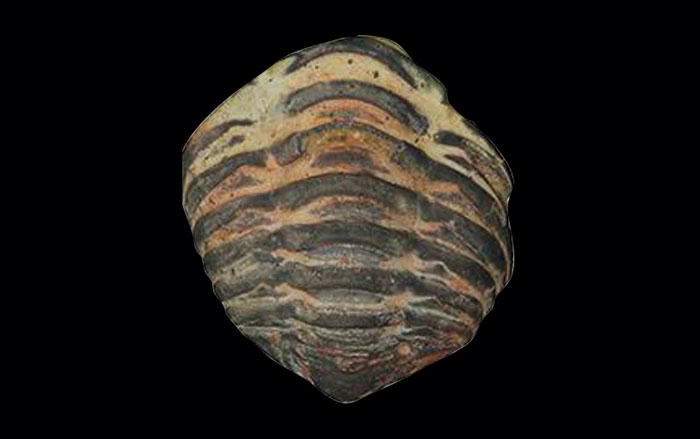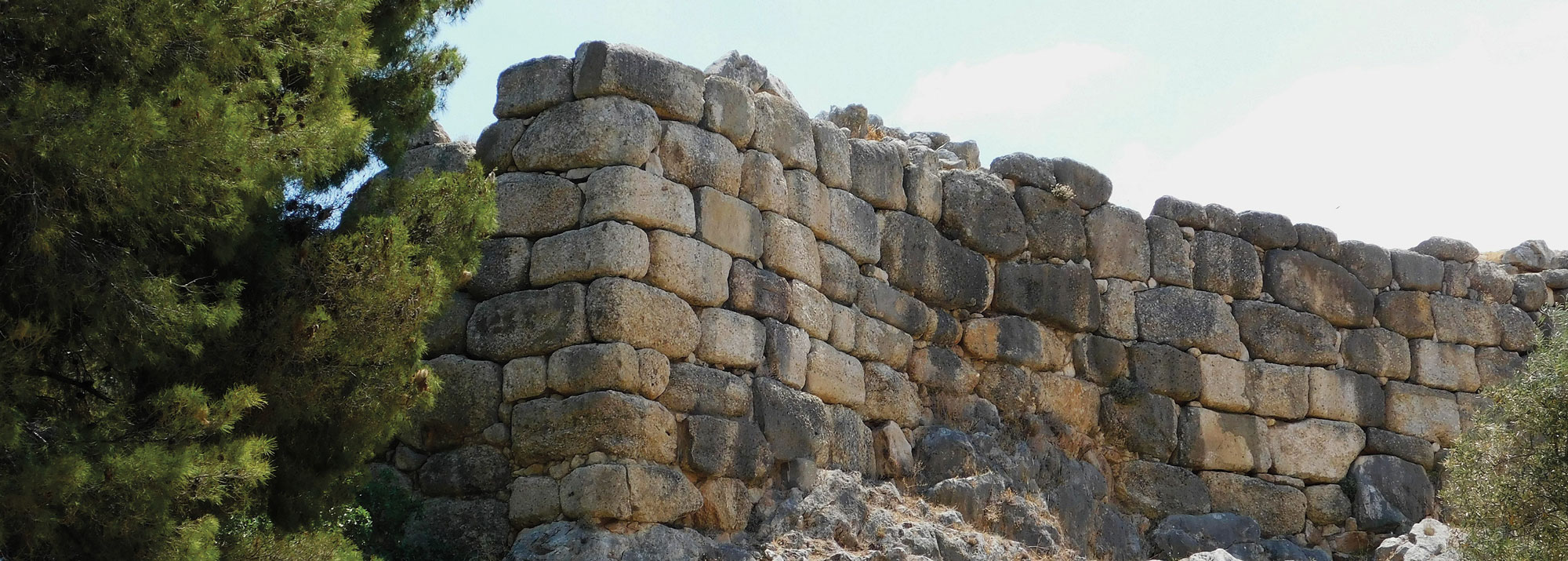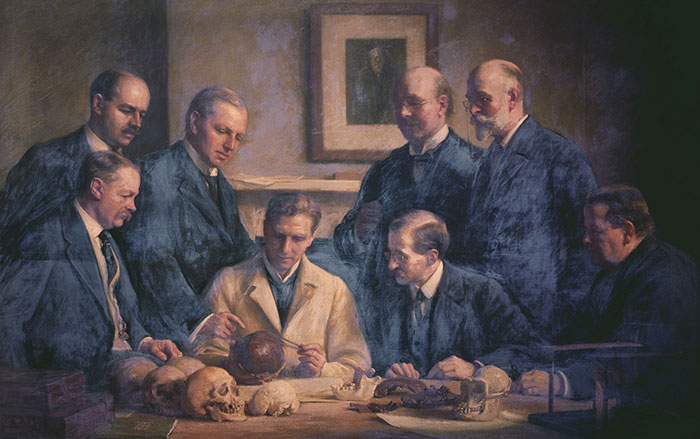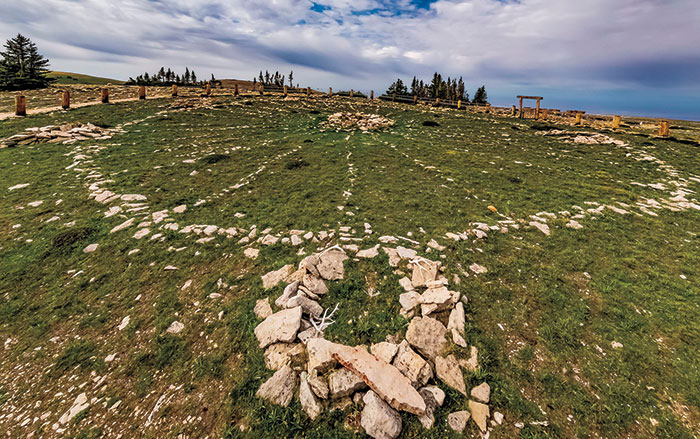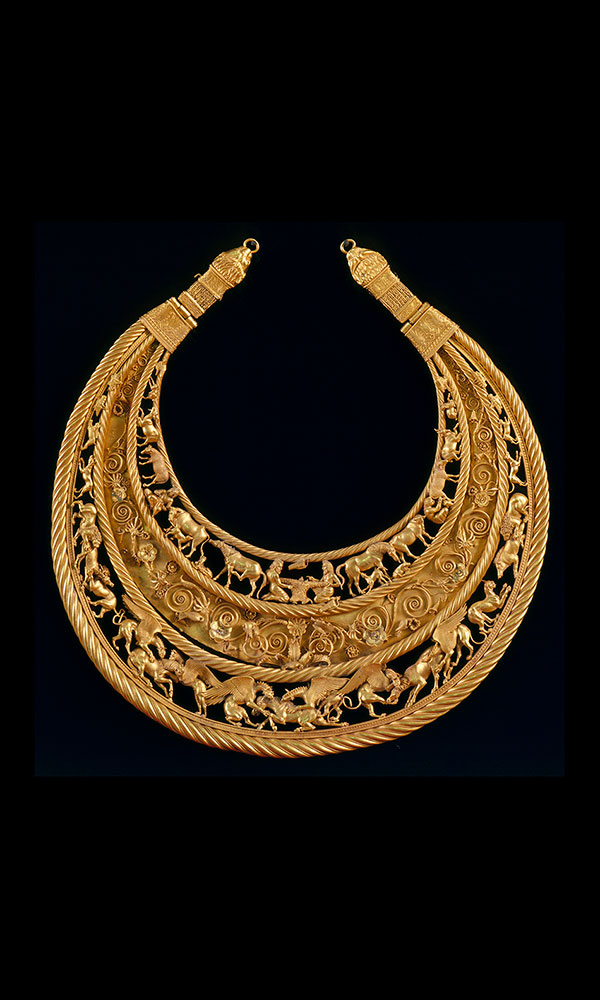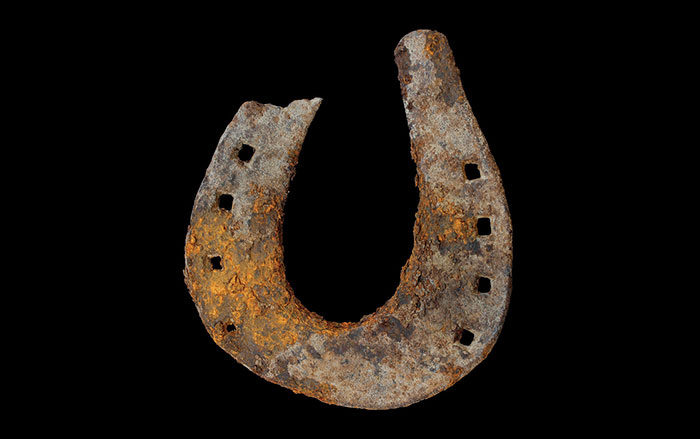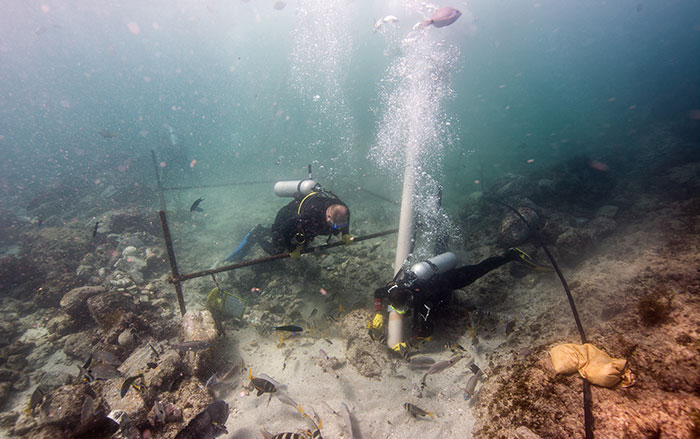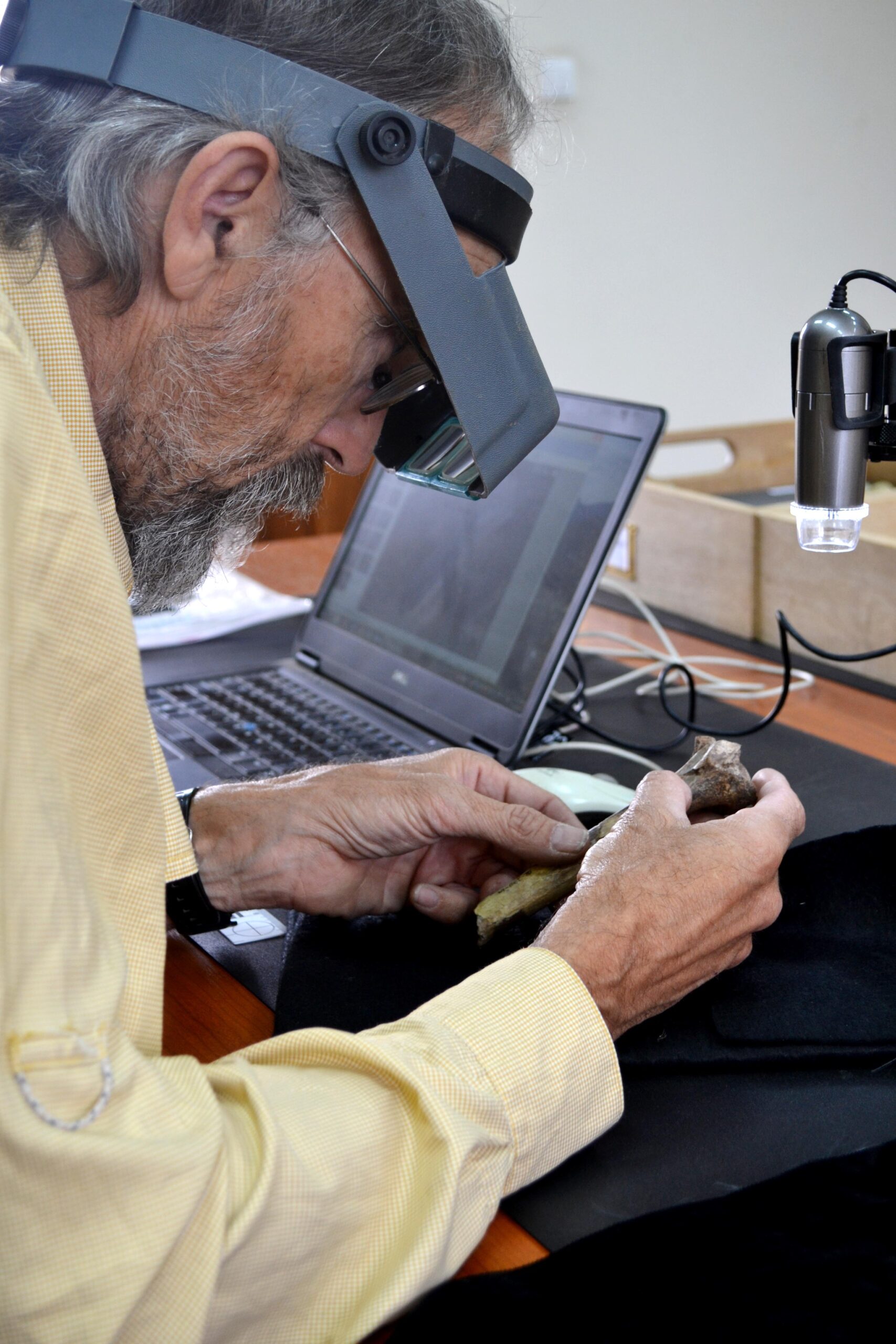
AUSTIN, TEXAS—Researchers led by John Kappelman of the University of Texas at Austin suggest that Lucy, an Australopithecus afarensis female, died 3.2 million years ago from a fall from a tree. The Guardian reports that Kappelman and his team, which includes orthopedic surgeon Stephen Pearce, used high-resolution x-ray scans to examine cracks in the Lucy fossils, which represent about 40 percent of her body. They say some of the damage resembles compressive fractures sustained in a fall—injuries to the right ankle, left knee and pelvis, first rib, and right humerus. “I think the injuries were so severe that she probably died very rapidly after the fall,” Kappelman said. But other scientists disagree, including Donald Johanson of Arizona State University. He and a student discovered Lucy’s remains in Ethiopia in 1974. Johanson says the cracks in Lucy’s bones are seen in all types of fossils. “We don’t know how long the fossilization process takes, but the enormous set of forces placed on the bones during the build-up of sediments covering the bones is a significant factor in promoting damage and breakage,” he explained. To read more about A. afarensis, go to "Proof in the Prints."


